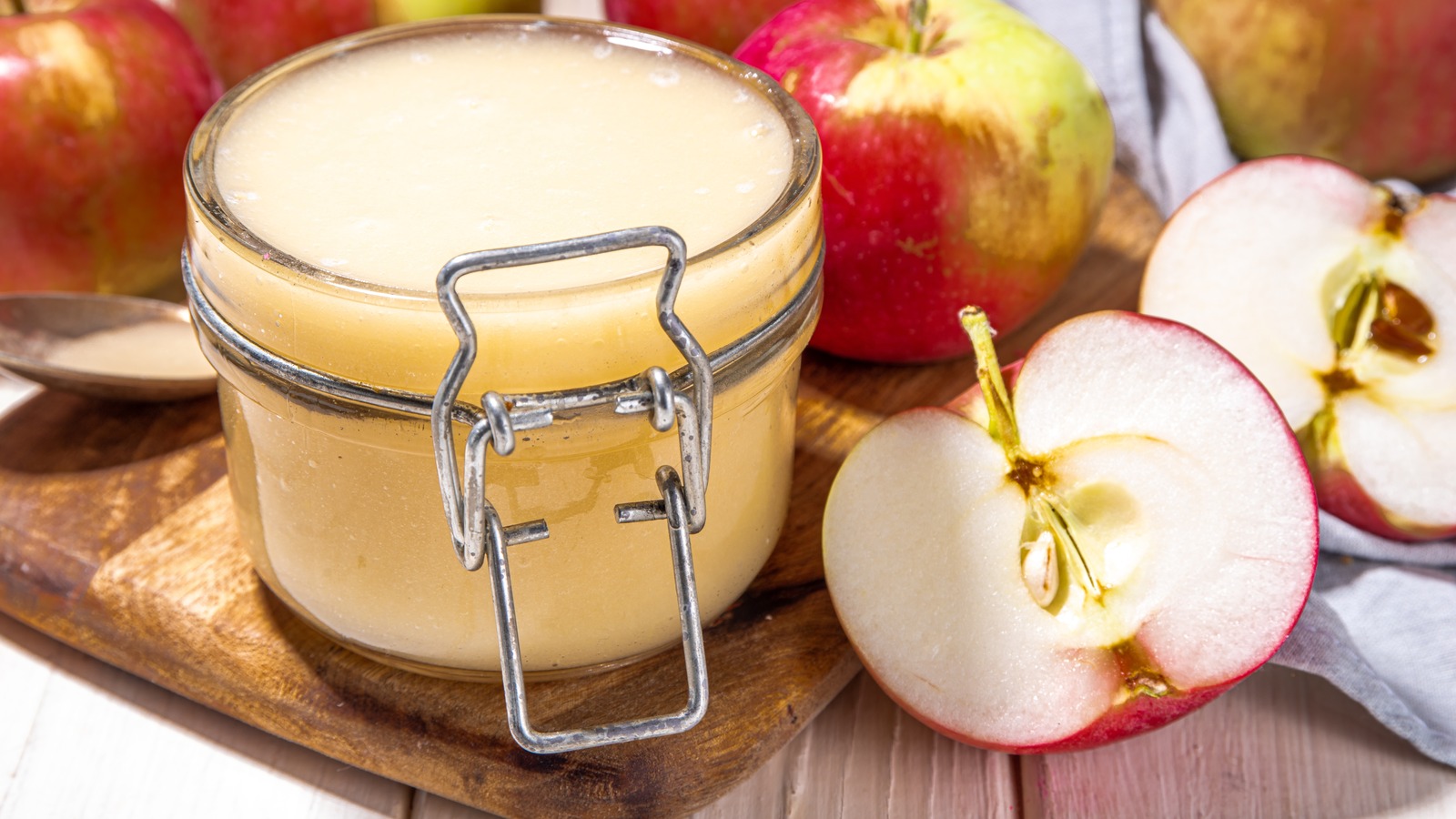
New-crop apples, those that are fresh from the orchid and not stored for off-season sale, are hard to come by. The decision to choose, say, a Granny Smith apple over a Gala, or a Braeburn over a Golden Delicious, is entirely up to you and your seasonal availability. The best advice for optimal flavor? Grab your apples from the farmer’s market, nearby specialty grocer, or pick-your-own orchard.
These spots often source produce locally, ensuring freshness and peak flavor. And remember, the journey to the perfect applesauce isn’t just about the type of apple; it’s about its quality. Every apple has a history, and a freshly picked apple, still crisp from the tree, holds its flavor, texture, and moisture content better than one that’s been stored for weeks. Supermarket apples, often months old, are stored in controlled atmosphere conditions to delay ripening. Over time, starches convert to sugars, impacting flavor; they lose moisture, which affects crispness. As an apple ages, its skin wrinkles, the flesh softens, and its taste diminishes, veering from tart to bland. Along with creases in the skin, look for brown, bruised spots and, on farm-fresh apples, any sign of worms or bugs. You can cut around some things, but it’s better to aim for fresher apples when making your sauce.
